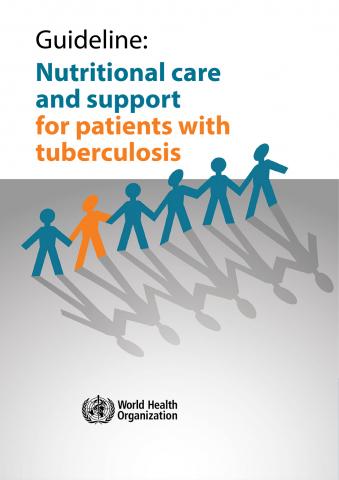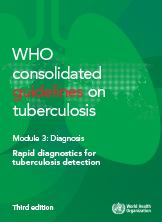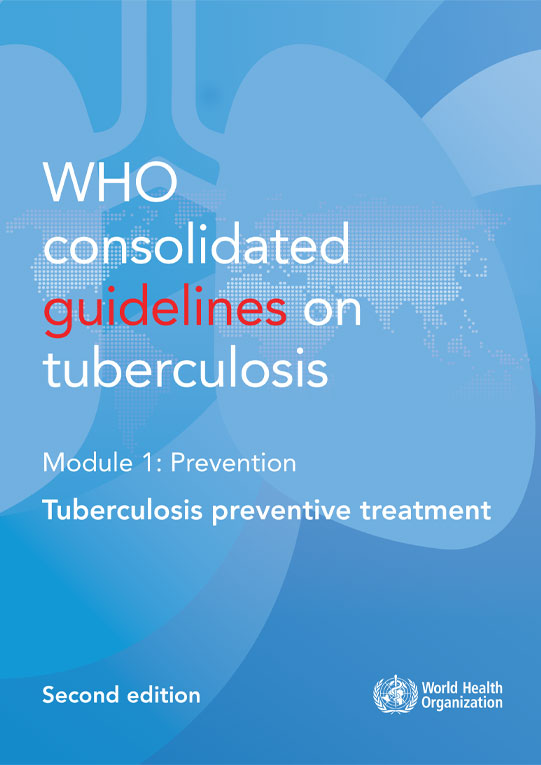3. Research gaps
The review of evidence for the current update exposed additional knowledge gaps to those reported in other recent updates of the guidelines. Continued research on development and on implementation remains critical for many aspects of PMTPT (136). Some information can be collected from user feedback.

 Feedback
Feedback

